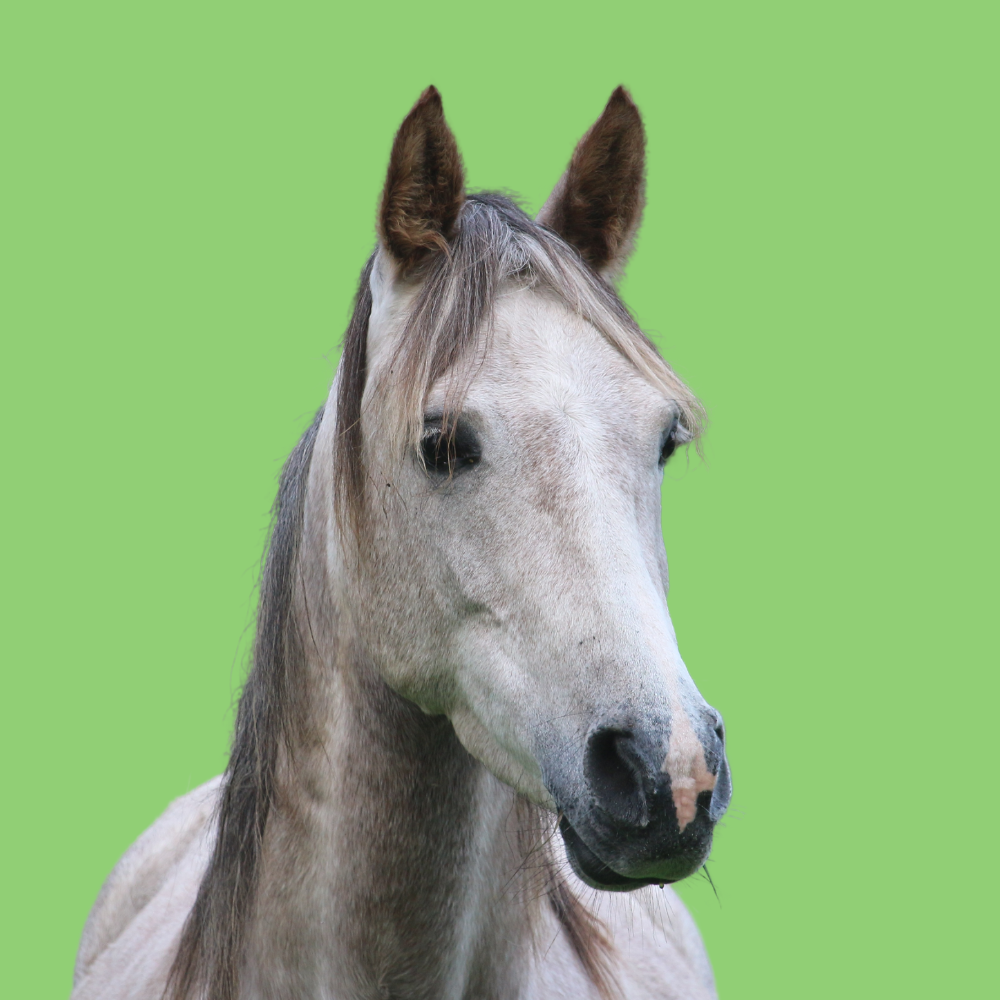
Understanding & Managing Laminitis in Horses
Share
Understanding and Managing Laminitis in Horses
Laminitis, a painful and debilitating condition affecting horses’ hooves, is a serious concern for equine enthusiasts. In this guide, we’ll explore the complexities of laminitis, including its causes, symptoms, and effective ways to manage and prevent this distressing condition.
What is Laminitis?
Laminitis is the inflammation of the laminae, the sensitive structures within a horse’s hoof that connect the coffin bone to the hoof wall. This inflammation disrupts the bond between these structures, causing severe pain, lameness, and potential long-term damage.
Causes of Laminitis
- Dietary Factors: An imbalance in a horse’s diet, especially overconsumption of rich, high-carbohydrate feeds like grains or lush spring grass, can trigger laminitis. This leads to an overload of sugars and starches in the digestive system.
- Obesity: Overweight horses are more prone to laminitis due to increased stress on their hooves. Maintaining a healthy weight through proper diet and exercise is crucial for prevention.
- Metabolic Disorders: Conditions like Equine Metabolic Syndrome (EMS) and Cushing’s disease (PPID) can contribute to laminitis. These disorders affect hormonal balance, making horses more susceptible.
- Concussive Forces: Excessive concussion on hard surfaces or prolonged standing on surfaces like concrete can lead to laminitis. Proper hoof care, regular trimming, and appropriate surfaces help mitigate this risk.
Symptoms of Laminitis
- Lameness: Laminitic horses often show signs of severe lameness, especially when turning in tight circles or walking on hard surfaces.
- Heat in Hooves: Increased temperature in the hooves is a common symptom. Horse owners can use a hoof thermometer to detect changes.
- Shifting Weight: Horses with laminitis may shift their weight frequently between their front and hind limbs to alleviate discomfort.
- Reluctance to Move: Horses may exhibit a reluctance to move or stand, preferring to lie down to relieve pain.
Management and Prevention
- Dietary Management: Implement a balanced and controlled diet to prevent overconsumption of sugars and starches. Limit access to lush pastures, especially during high-risk periods.
- Weight Management: Maintain horses at a healthy weight through proper nutrition and regular exercise. Overweight horses are at a higher risk of developing laminitis.
- Regular Exercise: Encourage regular, controlled exercise to promote circulation and overall health. Avoid sudden increases in intensity to prevent stress on hooves.
- Proper Hoof Care: Regular hoof trimming by a skilled farrier is essential to maintain proper hoof structure and reduce strain on the laminae.
- Monitoring High-Risk Horses: Horses with metabolic disorders or a history of laminitis require close monitoring. Work closely with your veterinarian to manage these high-risk cases.
- Prompt Veterinary Care: Seek immediate veterinary attention at the first sign of laminitis. Early intervention can significantly improve the prognosis.
Laminitis poses a significant threat to the well-being of horses, but with proactive management and preventative measures, its impact can be mitigated. Horse owners and caretakers play a crucial role in maintaining a healthy lifestyle for their equine companions. By understanding the causes, recognizing symptoms, and implementing effective strategies for prevention and management, we can work towards ensuring the welfare of our horses and keeping them sound and content for years to come.
